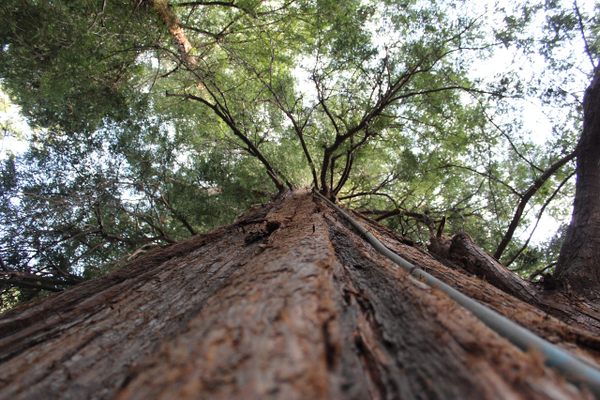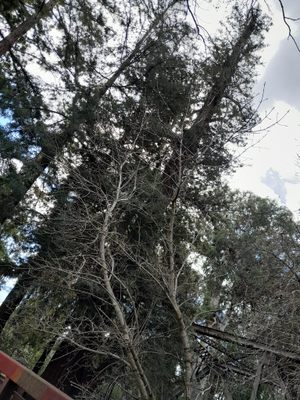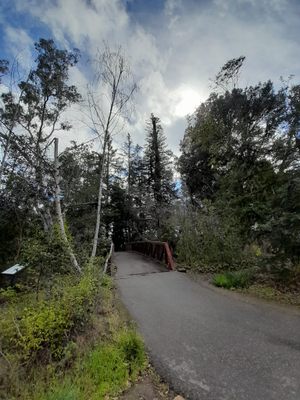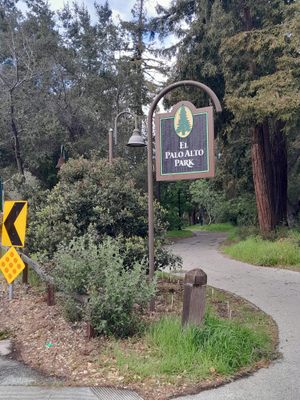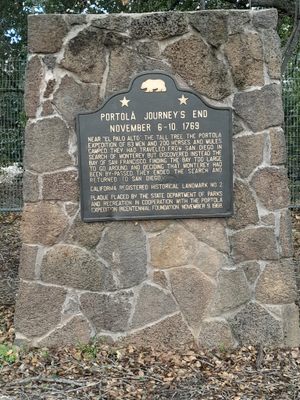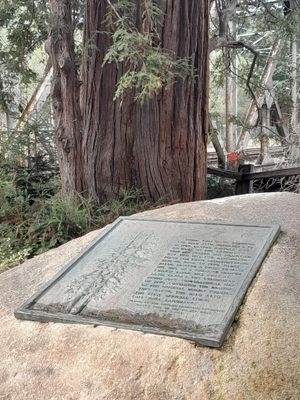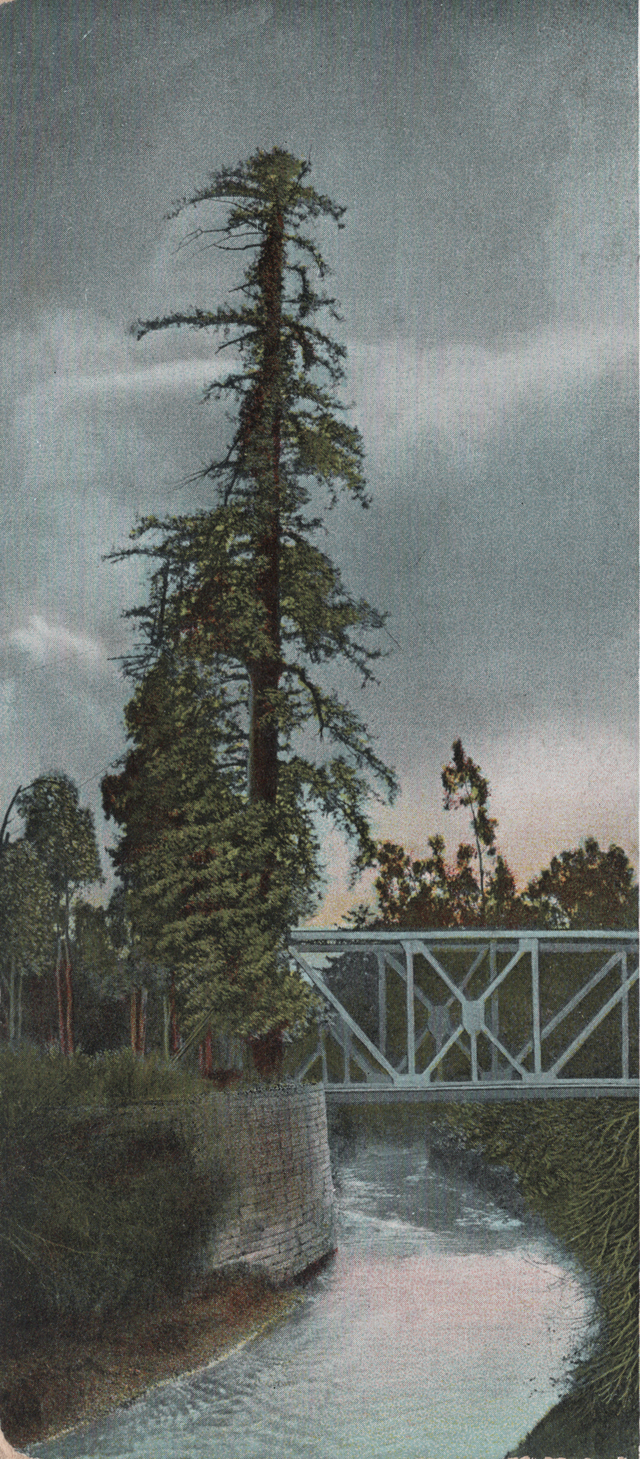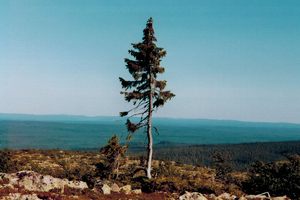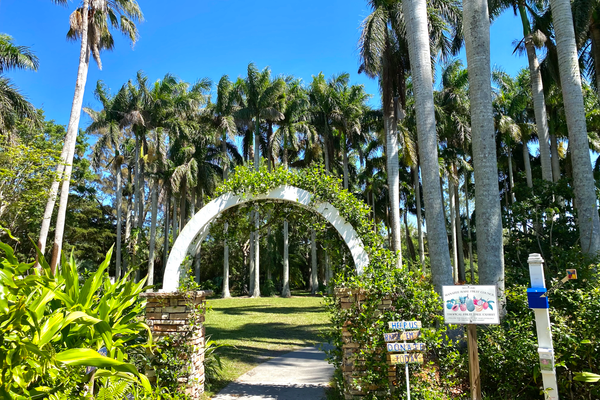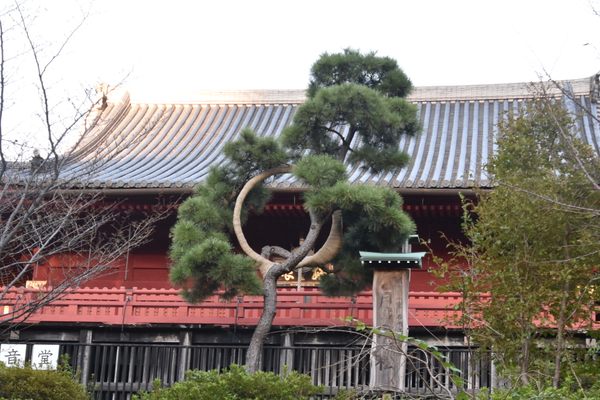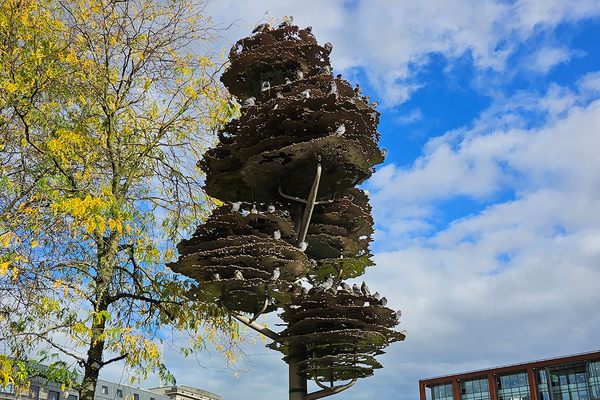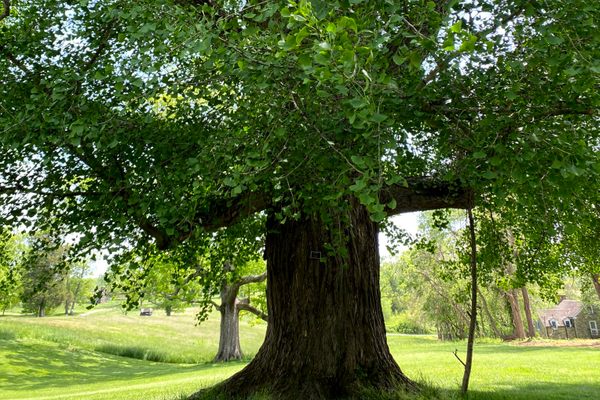About
For centuries, the banks of San Francisquito Creek, in Northern California, were part of the Muwekma Ohlone Tribe’s homeland. In 1769, explorer Gaspar de Portolá passed through, later establishing Spanish missions in the area. A road connecting the missions was built over the creek, which, in the mid-1800s became a highway. A railroad followed, and a town developed on one side of the tracks grew into a city. On the other side, the railroad tycoon Leland Stanford and his wife, Jane, established Stanford University in honor of their son, Leland Stanford Jr., who had died a year earlier of typhoid fever.
Through it all, El Palo Alto, a redwood tree that stands over 110 feet, stood on the banks of San Francisquito Creek and served as a towering landmark. Originally it had two twin trunks, but after one came down, the tree was given its current name, which means “the tall stick.” The redwood is on the seal of the city of Palo Alto, which also took its name, and of Stanford University. Although Stanford sports teams are known as the Cardinal (the color, not the bird), its unofficial mascot is El Palo Alto: Each year a member of the marching band makes a redwood costume, often out of hula hoops, and dances and prances on the sidelines of basketball stadiums and football matches.
The redwood has always been an outlier—its home in El Palo Alto Park is much drier than the foggy environs famous for redwood groves. It has survived the conditions—including smoot from the railway—thanks to the efforts of environmentalists and volunteers, and it's now maintained by the city and a group of dedicated volunteers.
Surrounding trees have made it no longer as visible as it once was, when travelers spotted the literal landmark in the distance, but the Native Sons of the Golden West named it a Californian “living landmark” in 1927. And in 1968, California listed the site as the state’s Historical Landmark No. 2, recognizing its historical significance.
Related Tags
Know Before You Go
El Palo Alto Park is a short walk from the Palo Alto stop of the Caltrain.
As this is a protected species refrain from taking any souvenirs.
Community Contributors
Added By
Published
January 5, 2024
Sources
- https://en.wikipedia.org/wiki/El_Palo_Alto
- https://www.nytimes.com/2021/06/26/us/palo-alto-redwood.html
- https://www.timeshighereducation.com/student/blogs/eight-weirdest-us-college-mascots
- https://gostanford.com/sports/2013/4/17/208445366.aspx
- https://www.savetheredwoods.org/redwoods-magazine/an-enduring-emblem/
